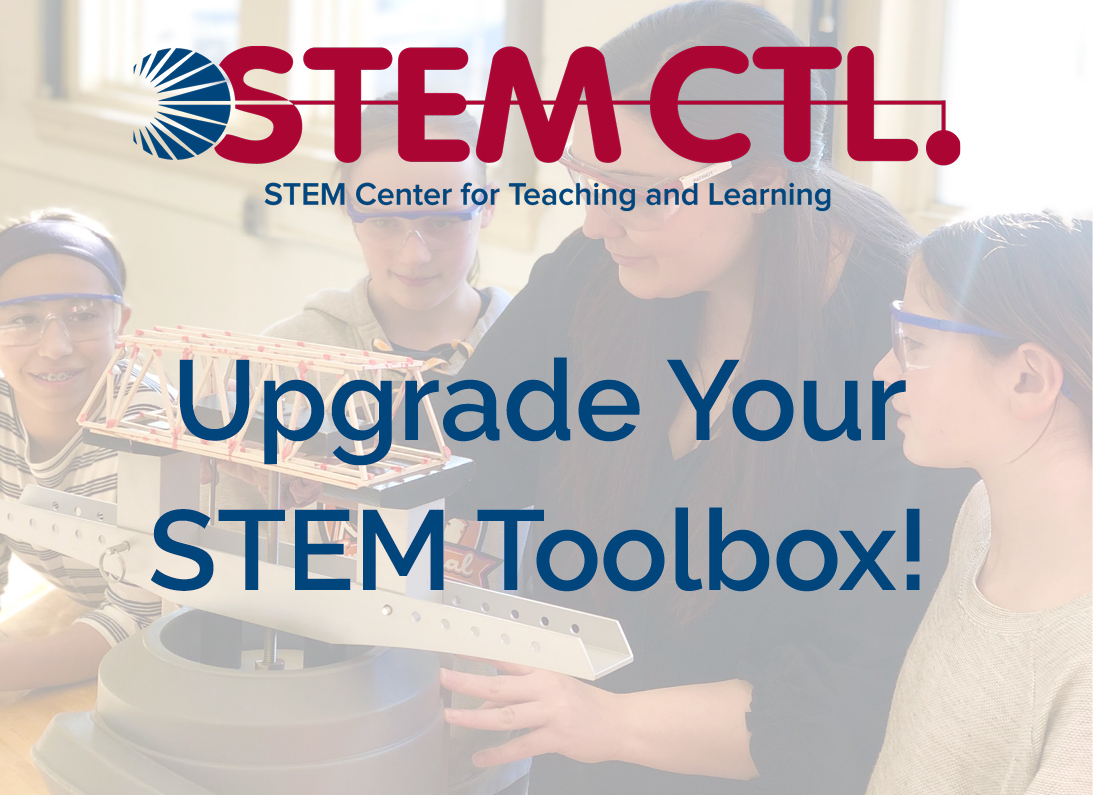Standards for Technological and Engineering Literacy
The Role of Technology and Engineering in STEM Education

Technology and engineering are pervasive in all aspects of our lives. Every human activity is dependent upon the products, systems, and processes created to help grow food, provide shelter, communicate, work, and recreate. As the world grows more complex, it is increasingly important for everyone to understand more about technology and engineering. People need to understand technology’s impacts on their lives, on society, and on the environment, as well as how to use and develop technological products, systems, and processes to extend human capabilities.
These understandings are all important elements of technological and engineering literacy, and ITEEA's Standards for Technological and Engineering Literacy (STEL) provides a vision of what students should know and be able to do in order to be technologically and engineering literate.
STEL offers an up-to-date road map for classroom teachers, district supervisors, administrators, states, and curriculum developers to promote technology and engineering education program development and curriculum design from Pre-K through twelfth grade.
Download or Purchase STEL Use the STEL e-Tool

The interactivetool below will help you conceptualize how the core standards can be used across a range of disciplinary contexts and are utilized in a variety of technology and engineering practices. Simply click hold and drag a section to move it clockwise or counterclockwise.
Click Here to Print and Build Your Own STEL Wheel!
Three organizers used within STEL, when embedded into courses and activities, work together as an effective framework for teaching technological and engineering literacy. These include the core disciplinary standards, technology and engineering practices, and technology and engineering contexts. This graphical depiction can be imagined as a set of three octagons that can be rotated to indicate application of the core standards across a range of disciplinary contexts and using a variety of technology and engineering practices.
STEL APA Citation:
International Technology and Engineering Educators Association. (2020). Standards for technological and engineering literacy: The role of technology and engineering in STEM education. https://www.iteea.org/stel
- Love, T. S., & Hutzel, B., & Brusic, S. (2023, June), An Overview of State Developed P-12 Standards for Technological and Engineering Literacy (Other) Paper presented at 2023 ASEE Annual Conference & Exposition, Baltimore , MD.
- Reed, P., & Love, T., & Bartholomew, S., & Dooley, K. (2022, August), Overview of Standards for Technological and Engineering Literacy (Other) Paper presented at 2022 ASEE Annual Conference & Exposition, Minneapolis, MN.
- Brown, R., & Antink-Meyer, A. (2022, August), Views about the Nature of Engineering Knowledge Among Secondary (6-12) Technology and Engineering Teachers (FUNDAMENTAL) Paper presented at 2022 ASEE Annual Conference & Exposition, Minneapolis, MN.
- Cheek, L. R., Carter, V., and Daugherty, M. K. (2021). STEL Practice and the Integration of Tinkering and Take Apart in the Elementary Classroom. Journal of Technology Studies, 47(2).
- Reed, P. A. and Barbato, S. (2020). Cybersecurity Education through Technological and Engineering Literacy Standards. National Institute for Cybersecurity Education (NICE) Newsletter.
- Daugherty, M., Carter, V., & Sumner, A. (2021). Standards for Technological and Engineering Literacy and STEM Education. Technology and Engineering Teacher, 80(5), 32-37.
- Hoepfl, M. (2020) Defining technological and engineering literacy. Technology and Engineering Teacher (eTET), 80(3).
- Han, J., Kelley, T., Bartholomew, S., & Knowles, G. (2020). Sharpening STEL with integrated STEM. Technology and Engineering Teacher, 80(3), 24-29.
- Moye, J., & Reed, P. (2020). Standards for Technological and Engineering Literacy: Addressing trends and issues facing technology and engineering education. Technology and Engineering Teacher, 80(3), 9-13.
- Bartholomew, S., Loveland, T., & Santana, V. (2020). Writing standards-based lesson plans to the Standards for Technological and Engineering Literacy. Technology and Engineering Teacher, 80(3), 14-23.
- Hoepfl, M., Loveland, T., & Reed, P. (2020). Editorial: Implementing STEL. Technology and Engineering Teacher, 80(3), 8.
- Daugherty, M. & Holter, C. (2020). Why the standards changed and what it means to you. The Elementary STEM Journal, 25(1), 9-11.
- Loveland, T., Love, T., Wilkerson, T., & Simmons, P. (2020). Jackson’s Mill to Chinsegut: The journey to STEL. Technology and Engineering Teacher, 79(5), 8-13.
- Loveland, T. (2019). Preliminary results from survey on revision of the ITEEA Standards for Technological Literacy. Technology & Engineering Teacher (eTET), 78(8).
- Loveland, T., & de la Paz, K. (2018). Editorial: Special Issue - Standards for Technological Literacy. Technology and Engineering Teacher, 77(7), 7.
- Download Korean-Language Version of STEL
- Download German-Language Version of STEL
- Chinese-Language Version of STEL - Coming Soon!
- A Design Brief of STEL (Kelly)
- Implement STEL's Humanity Disciplines with Free Resources (McKenna)
- The Launch of Standards for Technological and Engineering Literacy
- Learning Standards: Journey from Evangelist to Skeptic (Hacker)
- Power Core Standards Within STEL
- Standards for Technological and Engineering Literacy (STEL) and your State's Standards: ITEEA's Lesson Plan Tool
- The STEL Maker (Sumner)
- Trends and Issues in TEE - What the STEL? (Reed)
- Unpacking STEL
- Writing STEL-Based Lesson Plans (Bartholomew, Loveland & Santana)


